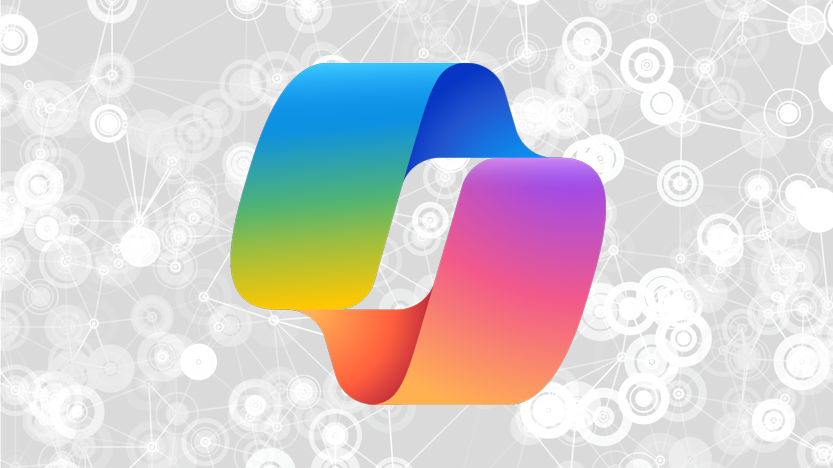
Cybersecurity Month: Tips for Business Owners
October is Cybersecurity Awareness Month, a perfect time for small business owners to reflect on their cybersecurity practices and ensure their business is protected against cyber threats. As a small business owner, you might think that cybercriminals only target large corporations, but the reality is that small businesses are often seen as easy targets. Here are some essential tips to help you safeguard your business.
1. Educate Your Employees
Your employees are your first line of defense against cyber threats. Conduct regular training sessions to educate them about the latest phishing scams, malware, and other cyber threats. Make sure they know how to recognize suspicious emails and websites, and understand the importance of strong, unique passwords.
2. Implement Strong Password Policies
Encourage your employees to use strong, unique passwords for all their accounts. Consider using a password manager to help them keep track of their passwords. Implement multi-factor authentication (MFA) wherever possible to add an extra layer of security. MCS recommends Duo, so ask your rep for more info.
3. Keep Software Up to Date
Ensure that all your software, including operating systems, applications, and antivirus programs, are up to date. Regular updates often include patches for security vulnerabilities that cybercriminals could exploit.
4. Backup Your Data Regularly
Regularly back up your data to a secure location. This can help you recover quickly in case of a ransomware attack or other data loss incidents. Cold storage is critical to guard against these types of attacks.
5. Secure Your Wi-Fi Networks
Make sure your business’s Wi-Fi networks are secure. Use strong passwords and encryption, and set up a separate network for guests. This can help prevent unauthorized access to your main network. WP3 is the latest in WiFi security and is highly recommended for businesses.
6. Develop a Cybersecurity Plan
Create a comprehensive cybersecurity plan that outlines your policies and procedures for protecting your business. This plan should include steps for responding to a cyber incident, such as who to contact and how to mitigate the damage.
7. Use Professional Pen Testing
Talk to a professional at MCS who can look at your network and scan it for vulnerabilities. It is always better to know your weaknesses before an adversary does. There are lots of best practices to follow, but a good pen tester can give you real, actionable threats to your IT security.
8. Consider Cyber Insurance
Cyber insurance can help protect your business in case of a cyber attack. It can cover costs such as data recovery, legal fees, and customer notification. Talk to your insurance provider to see what options are available for your business.
Conclusion
Cybersecurity is an ongoing process, and it’s crucial to remain vigilant. By taking these steps, you can help protect your small business from cyber threats and ensure that your operations run smoothly. Celebrate Cybersecurity Awareness Month by making cybersecurity a priority for your business!








